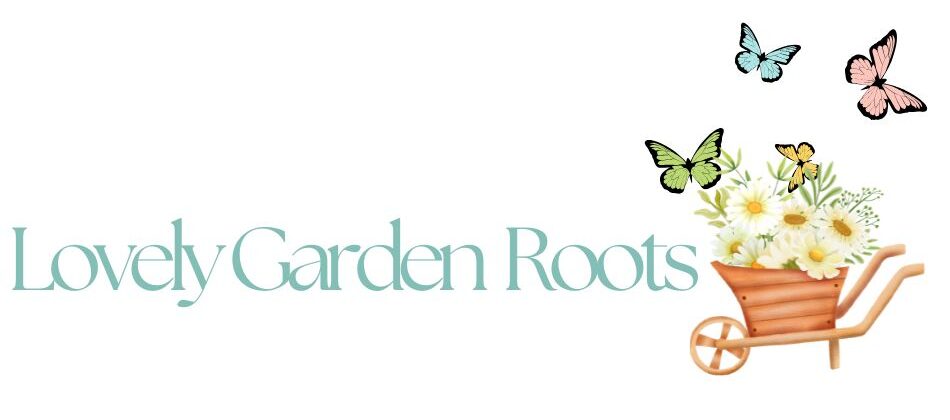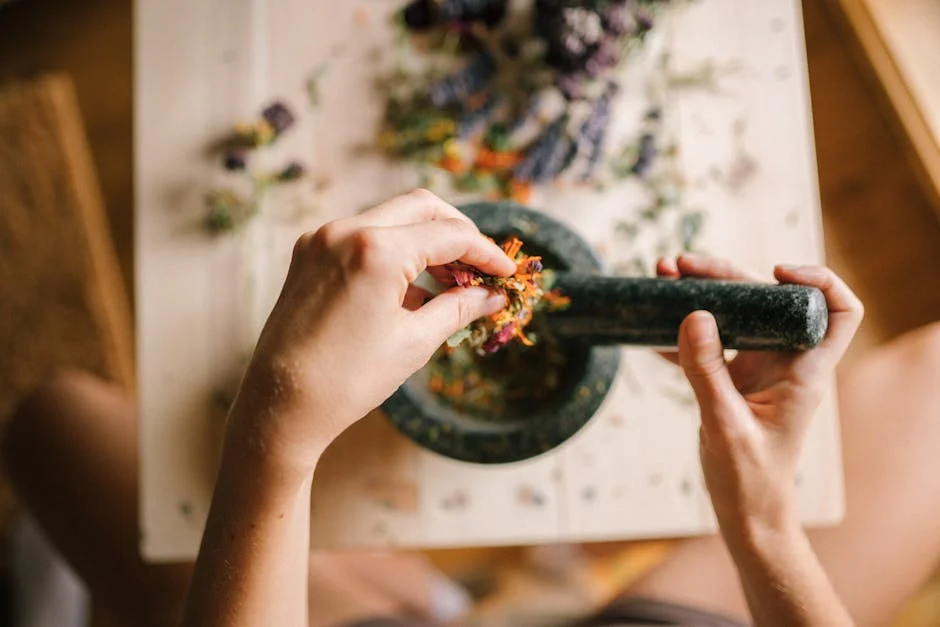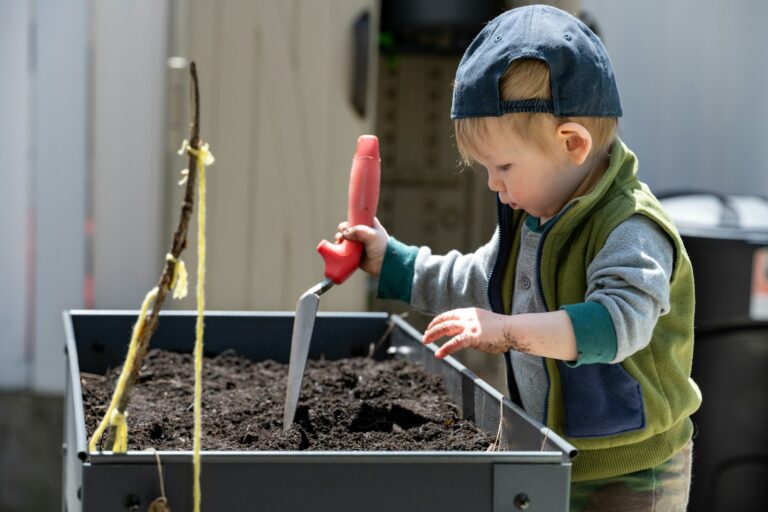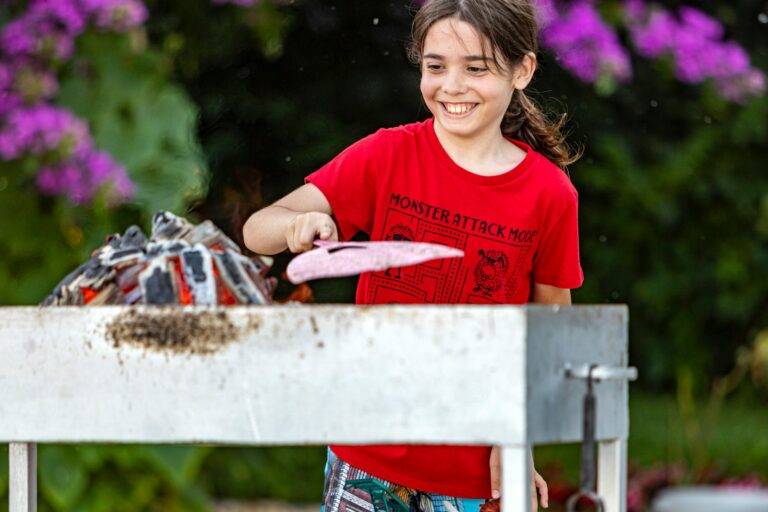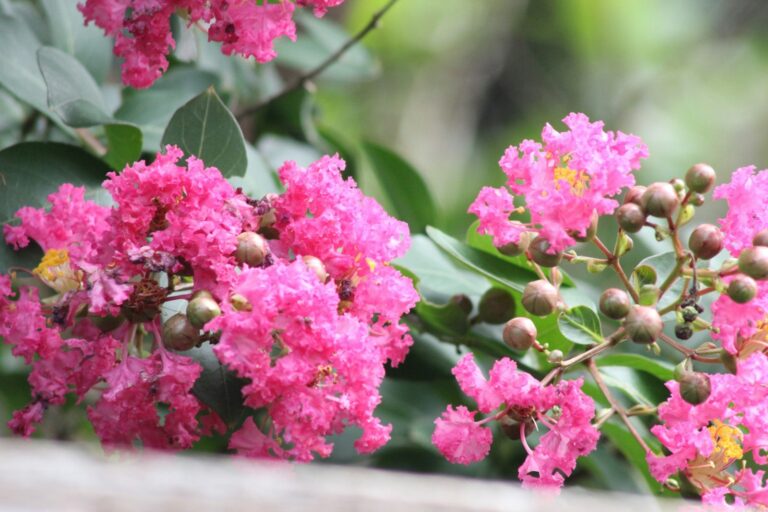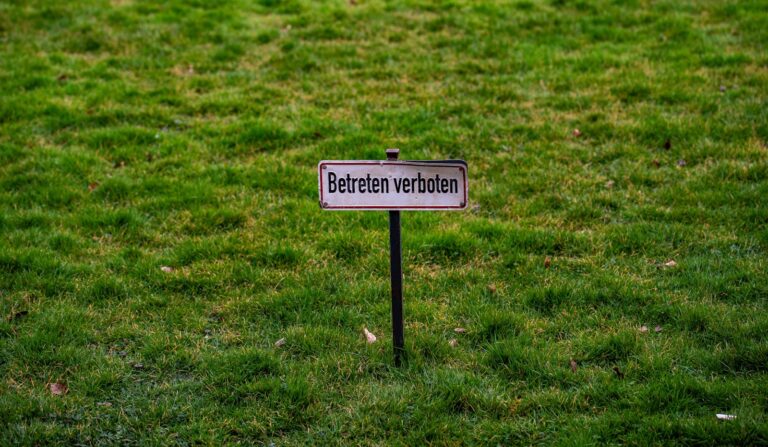Using Garden Flowers to Make Natural Beauty Products for Glowing, Healthy Skin
Using garden flowers to make natural beauty products is a simple and rewarding way to nourish your skin with ingredients straight from nature. You don’t need fancy supplies or complicated recipes—just the flowers growing in your garden and a few basic tools to create soothing lotions, tonics, and creams.
You can turn common garden flowers like lavender, rose, and calendula into effective, gentle skincare products that suit your personal needs. These plants hold natural properties that help calm, hydrate, and refresh your skin without harmful chemicals.
By learning how to harvest and prepare these flowers, you’ll discover new ways to care for yourself while enjoying the beauty and benefits of your garden all year long. For practical tips on growing and using garden flowers for beauty, check out this guide on growing a skincare garden.
Selecting the Best Garden Flowers for Beauty Products

Choosing the right flowers for your natural beauty products starts with understanding their specific skin benefits. You’ll also need to know how to properly harvest and prepare these flowers to get the best results. Finally, being mindful of safety and allergies will help you avoid skin irritation.
Flower Types and Their Skin Benefits
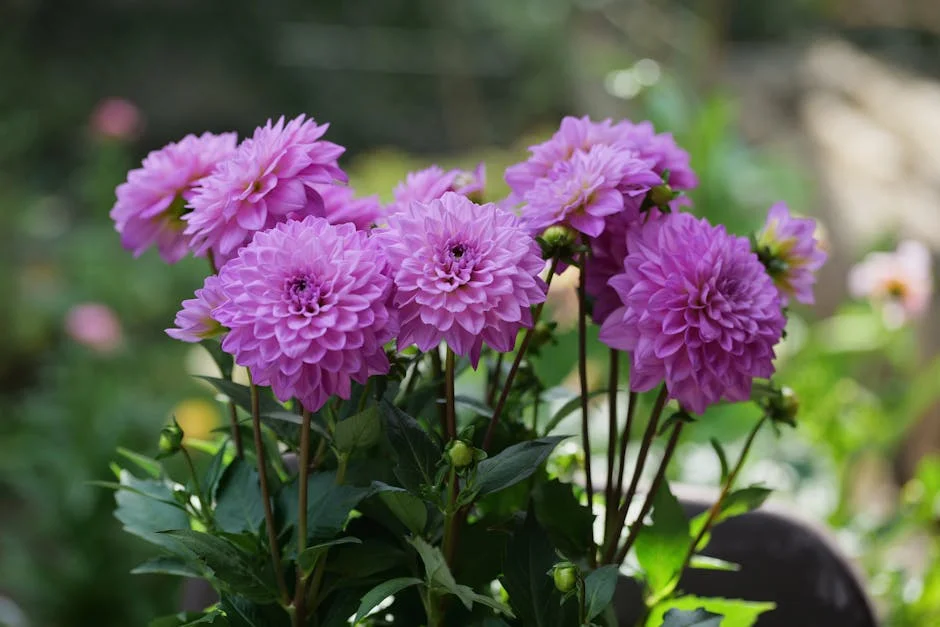
Different flowers offer distinct advantages for your skin. For example, calendula is excellent for soothing dry or irritated skin. It can be infused into oils and creams to provide gentle hydration.
Lavender is known for its calming properties and works well in toners or facial mists to reduce redness and inflammation. Meanwhile, rose petals are rich in antioxidants and help with skin hydration and glow.
Including flowers like witch hazel or yarrow in your DIY products offers natural astringent qualities, great for oily or acne-prone skin. Look for flowers that address your specific skin needs and produce them fresh from your garden or buy them dried from trusted sources. For detailed ideas on flower types, explore flower products in skincare.
How to Harvest and Prepare Flowers
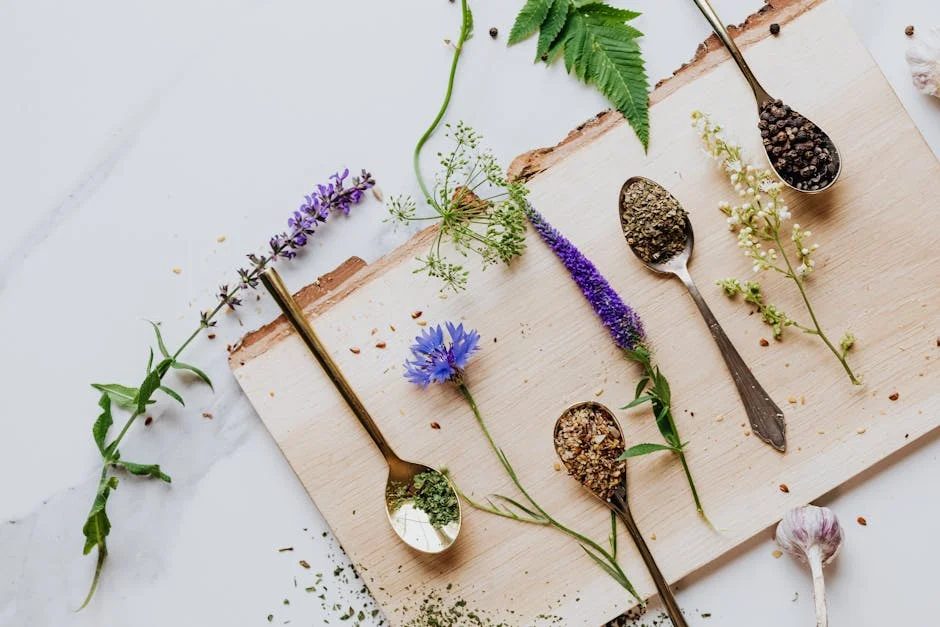
To ensure your beauty products are effective, harvest flowers early in the day when their oils and nutrients are most concentrated. Use clean scissors or garden shears to avoid damaging the plant.
Pick blossoms that are fully open but not wilted or damaged. After harvesting, gently rinse flowers to remove dirt or insects. You can dry them by spreading the petals on a clean surface away from direct sunlight or use them fresh.
For making infusions or oils, slowly steep petals in your chosen carrier oil at low heat. This preserves their beneficial compounds without burning them. Using fresh or well-dried flowers affects the potency of your final product, so handling is key. More tips on growing and preparing can be found in guides like Grow Your Own Skincare Garden.
Safety Considerations and Allergies
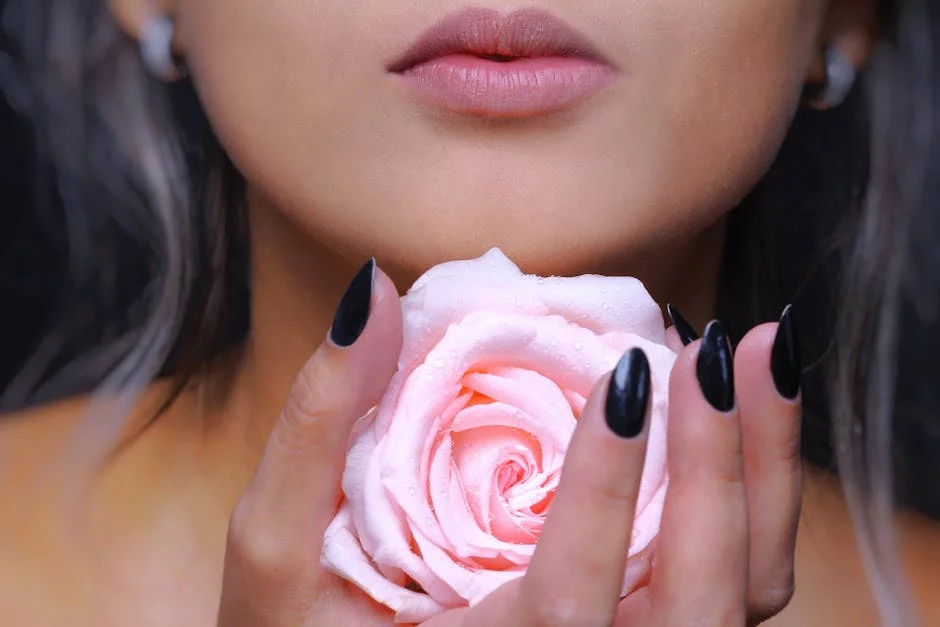
Before applying any flower-based product, test a small amount on your skin to check for allergic reactions. Some flowers, like chamomile or calendula, are generally gentle but can still cause sensitivities in certain individuals.
Avoid using flowers you’re unfamiliar with, as some can cause irritation or photosensitivity when exposed to sunlight after application. Also, ensure flowers have not been treated with pesticides or chemicals if you harvest them yourself.
If you have sensitive skin or a history of allergies, consult a dermatologist before trying new flower ingredients. Keeping track of how your skin reacts will help you avoid unwanted side effects and create safe natural products. For more on safe gardening and plant use, see articles about growing beauty plants.
DIY Floral Skincare Recipes
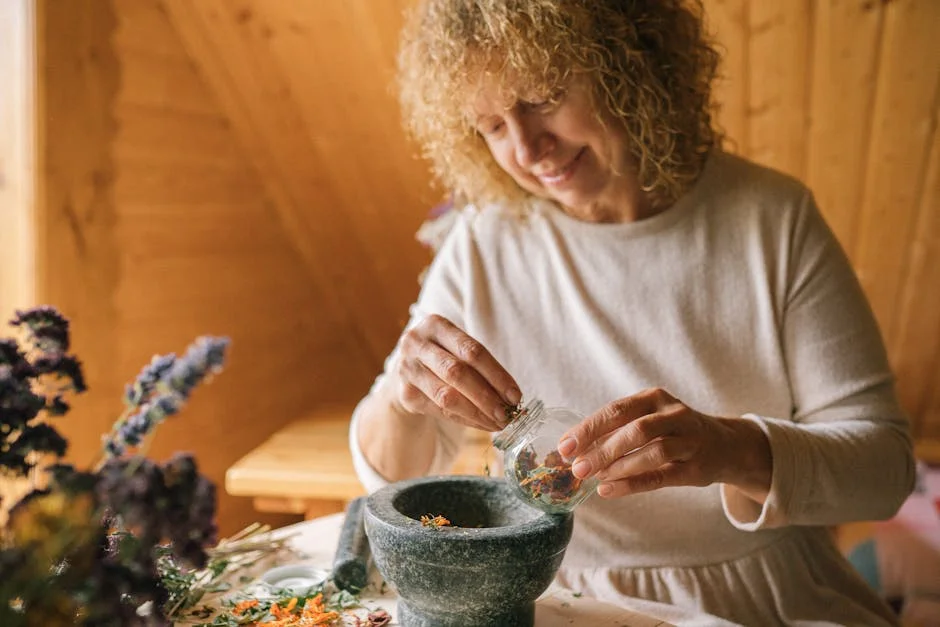
Creating your own skincare from garden flowers lets you control the ingredients and enjoy fresh, natural benefits. You’ll find simple ways to make toners, balms, soaps, and masks that soothe, hydrate, and cleanse using just a few easy steps. The key is matching each flower’s properties with the right recipe and application.
Flower-Infused Facial Toners
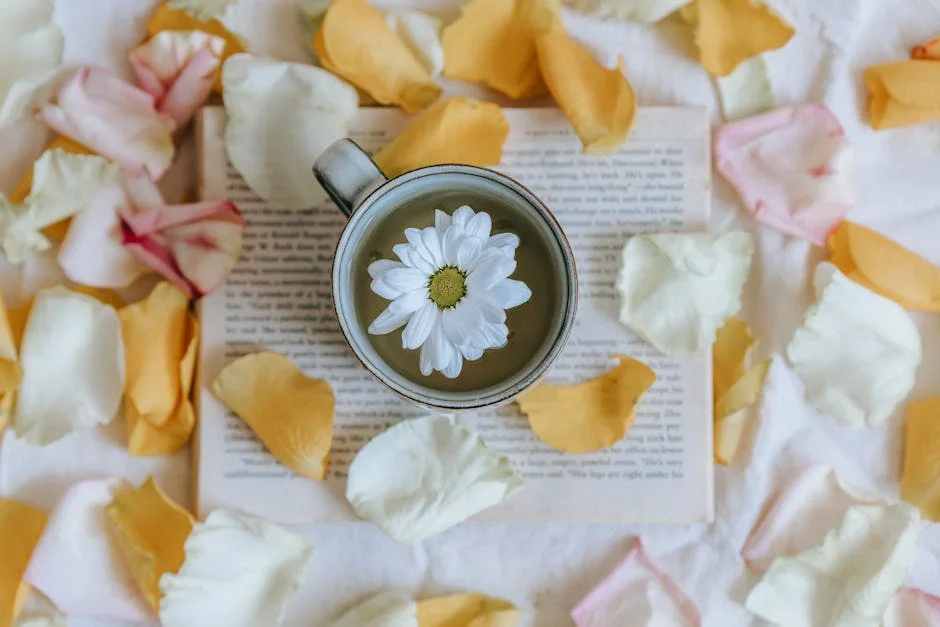
Facial toners made from flowers like chamomile or rose help balance your skin’s pH and calm irritation. To make one, steep about a cup of fresh chamomile flowers in two cups of boiling water for 15 minutes. Strain and cool the liquid before transferring it to a spray bottle for easy use.
You can add vitamin E oil or a few drops of essential oil to boost moisturizing and antibacterial benefits. Use this toner after cleansing to refresh your skin, reduce redness, and tighten pores naturally. Here’s a detailed chamomile toner method.
Moisturizing Floral Balms
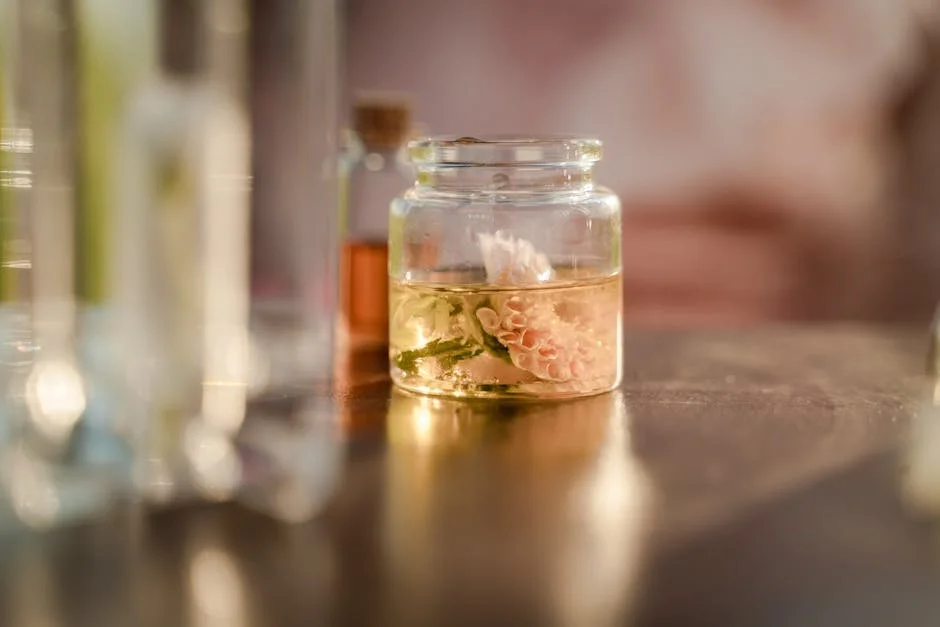
Floral balms combine healing herbs, beeswax, and oils to create a rich, protective moisturizer. You can make this by gently melting beeswax and mixing it with cold-pressed oil and dried calendula flowers.
After the mixture cools, strain out the flowers and pour the balm into a small container. Use this balm on dry patches or to soothe irritated skin. It’s particularly helpful in colder months when your skin needs an extra layer of hydration and protection. See this balm recipe using calendula.
Gentle Cleansing Flower Soaps

Making soap with flower petals adds natural fragrance and skin-loving compounds. Calendula, lavender, and rose petals all work well for gentle cleansing.
You can embed dried petals into cold process soap or melt-and-pour bases. The key is to keep the flower amount moderate to avoid irritation but enough to provide soothing benefits and texture. These soaps clean without stripping moisture, making them ideal for sensitive skin.
Soothing Flower Face Masks
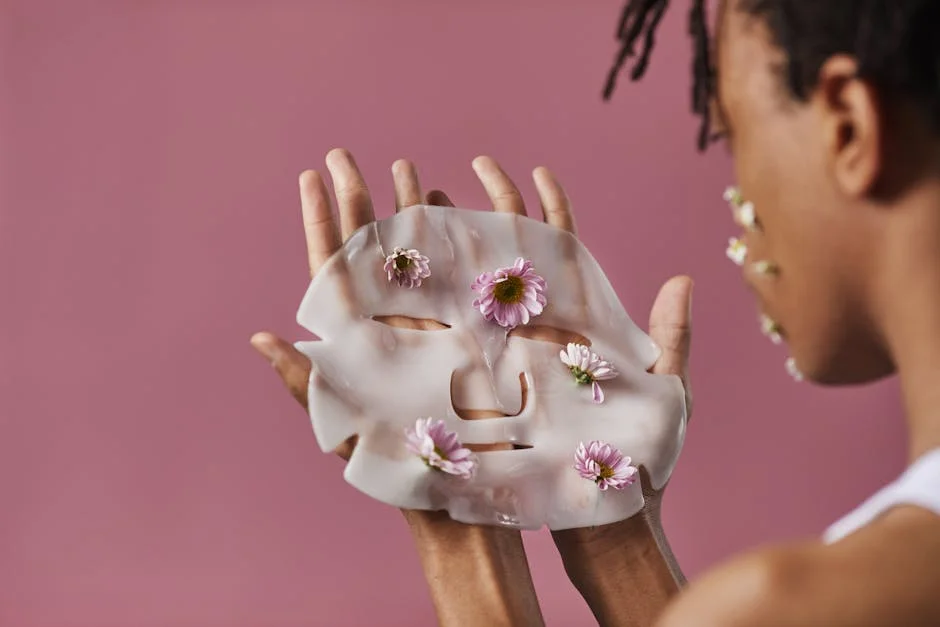
Flower-based face masks brighten and calm your skin with natural vitamins and antioxidants. You might mix powdered violet petals or crushed dandelion leaves with honey or yogurt for a hydrating mask.
Apply the paste evenly to your face, leave it on for 10–15 minutes, then rinse with lukewarm water. These masks help reduce inflammation and refresh dull skin. You can switch flowers depending on availability and your skin’s needs. For example, violet helps with dryness, while dandelion supports clearer skin.
Crafting Natural Hair Care With Garden Flowers
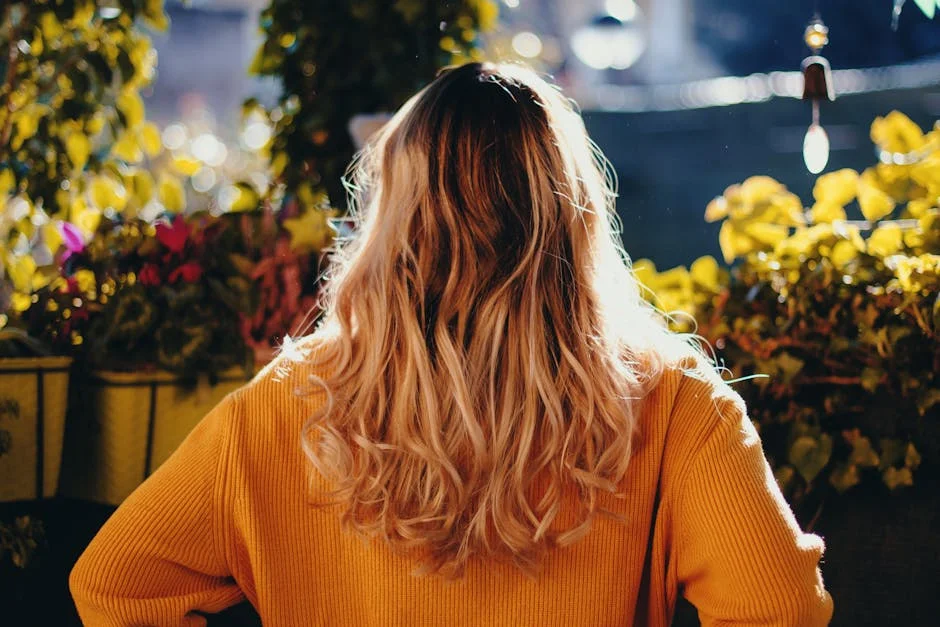
You can create gentle, effective hair care using flowers from your garden. These natural ingredients help cleanse, condition, and strengthen your hair without harsh chemicals. Simple preparations like shampoos, rinses, and oils bring out the best qualities of each flower.
Herbal Flower Shampoos
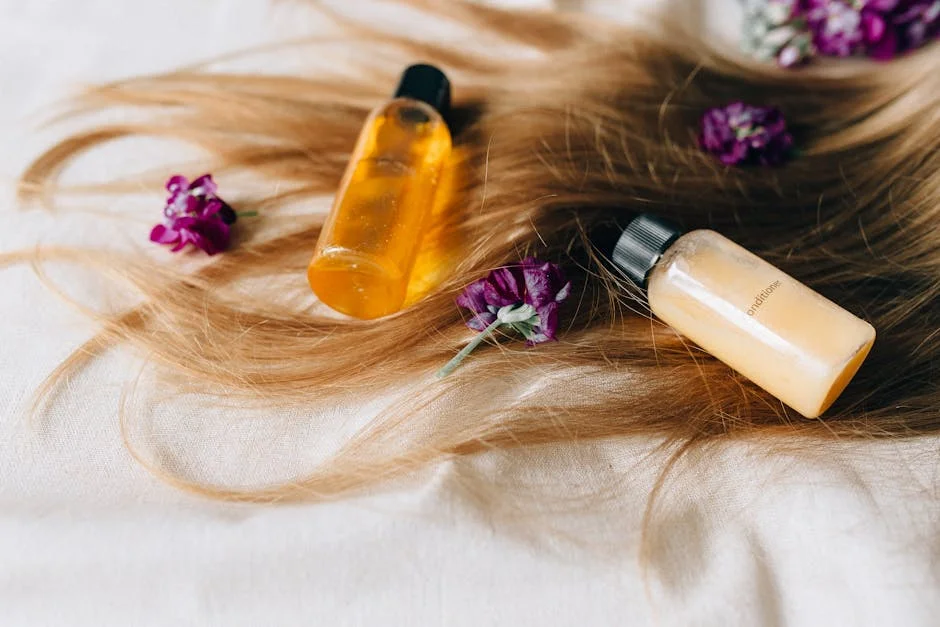
Making your own shampoo with garden flowers involves infusing petals into a mild, natural base such as liquid castile soap or soap flakes. Flowers like chamomile soothe the scalp and brighten blond hair, while calendula gently cleanses and reduces irritation.
To make herbal shampoo:
- Steep 1 cup of dried or fresh flowers in hot water for 20 minutes.
- Strain and mix the infusion with ½ cup of liquid castile soap.
- Add a few drops of essential oil if desired.
Shake before use. This mild shampoo avoids synthetic detergents, suitable for daily washing and sensitive scalps.
Flower-Based Hair Rinses
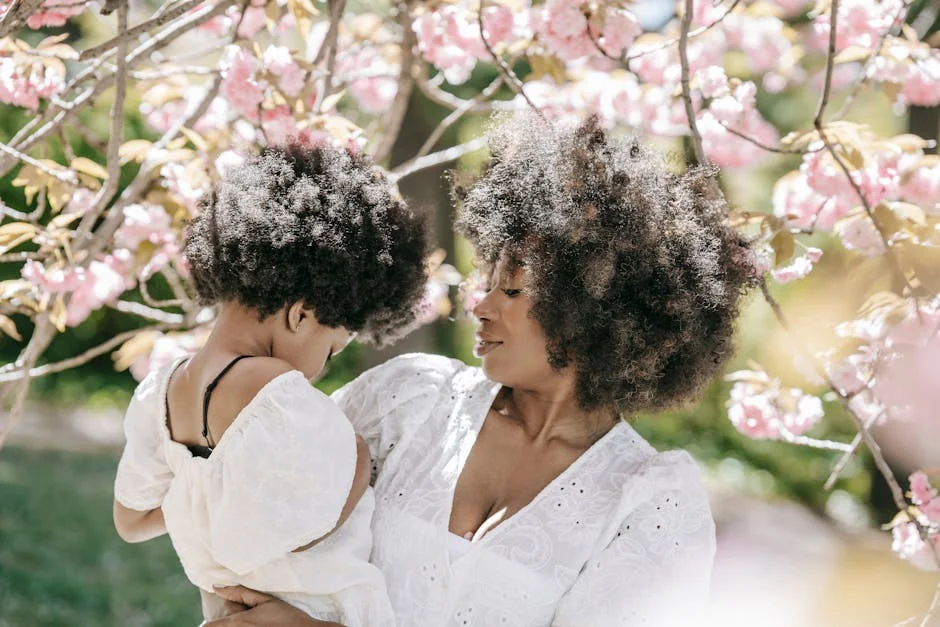
Hair rinses made from flowers add shine and balance scalp pH after washing. You can use rose petals for hydration, lavender to calm itchiness, or nettle to strengthen roots.
Create a flower rinse by:
- Boiling 2 cups of water with a handful of fresh or dried petals.
- Letting it cool and straining out solids.
- Pouring over your hair after shampooing as the final rinse.
Use this rinse regularly to refresh your scalp and enhance your hair’s natural glow without buildup.
Strengthening Flower Oils
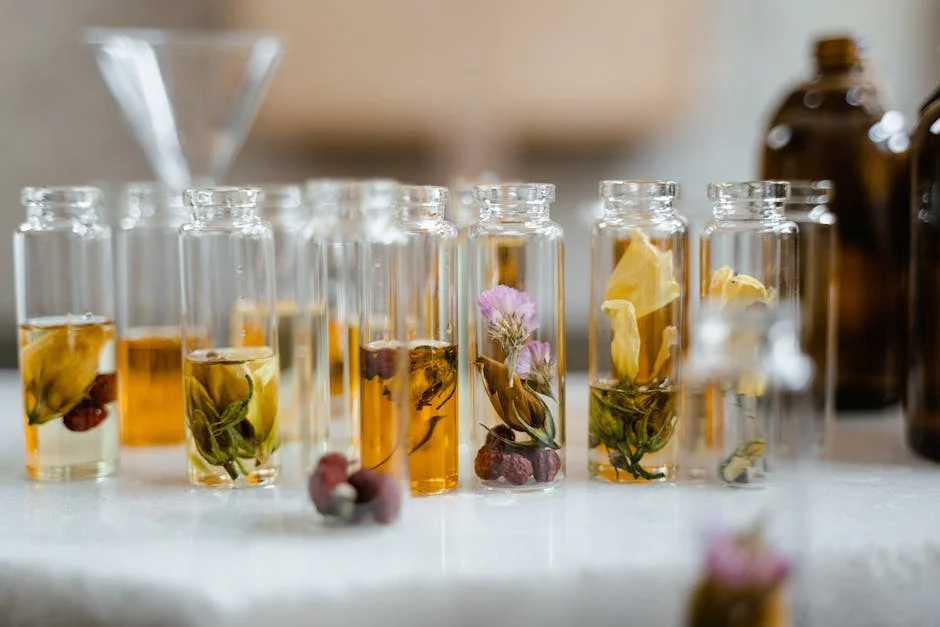
Infused flower oils are excellent for hair strength and scalp health. You can prepare oils with flowers like calendula or chamomile by steeping petals in a carrier oil such as jojoba or almond.
Steps for oil infusion:
| Step | Action |
|---|---|
| 1 | Fill a jar halfway with dry petals |
| 2 | Cover completely with carrier oil |
| 3 | Seal tightly and store in sunlight for 2-4 weeks, shaking daily |
| 4 | Strain petals and store oil in a dark bottle |
Apply a small amount to your scalp or hair ends to reduce dryness and promote manageability.
Making Scented Bath and Body Products
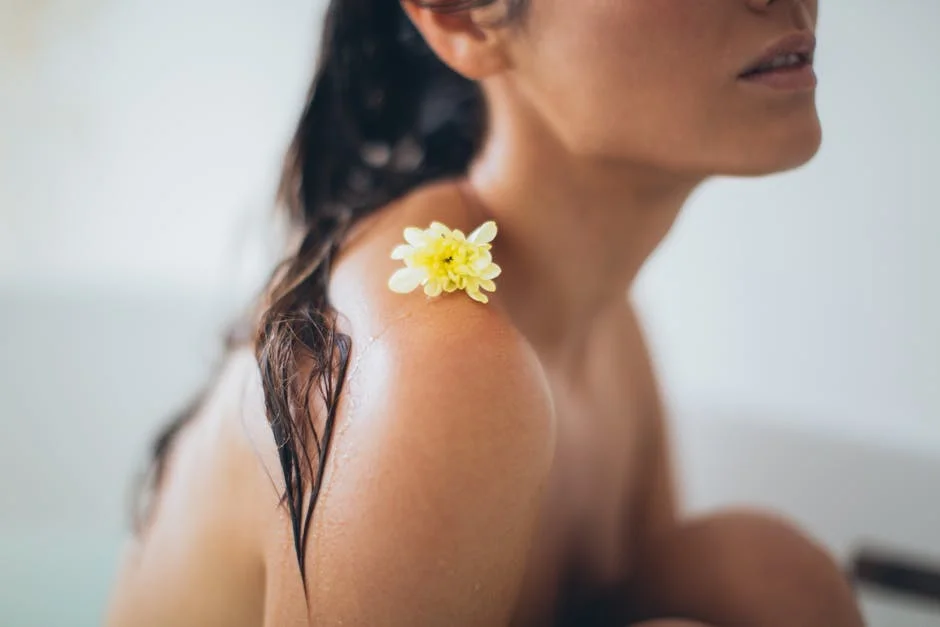
You can turn garden flowers into soothing bath and body treats by infusing petals in oils, combining them with natural exfoliants, or mixing with bath ingredients. These simple recipes let you enjoy floral scents and gentle skin benefits without harsh chemicals.
Fragrant Floral Bath Bombs
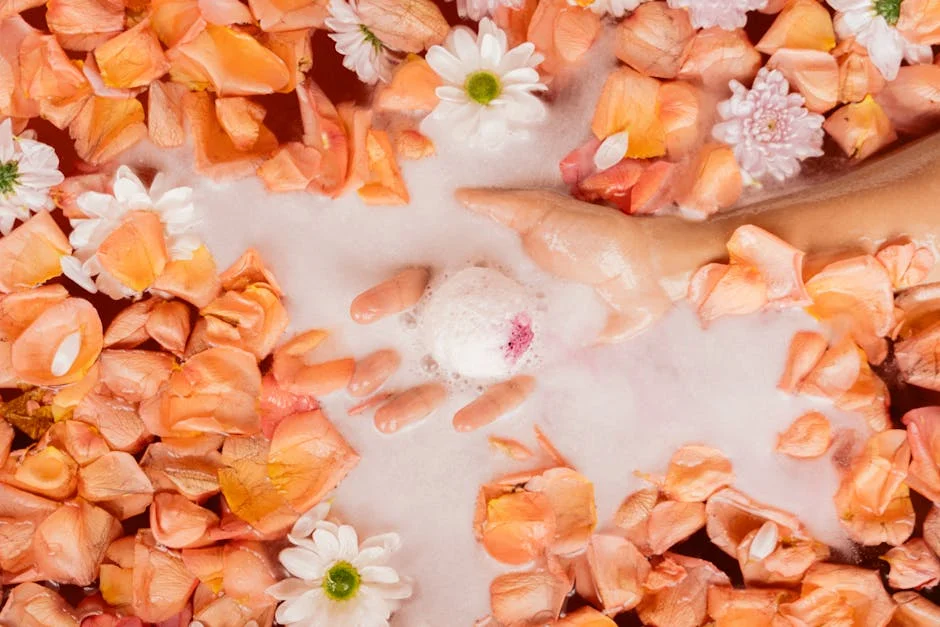
To make floral bath bombs, blend baking soda, citric acid, cornstarch, and Epsom salts in a bowl. Add dried flower petals like lavender or rose for scent and decoration. Mix a few drops of essential oil or floral water to boost fragrance.
Slowly spray water or rose water while stirring to bind the mixture. Press the paste tightly into bath bomb molds and let dry for 24 hours. When dropped in water, these fizz gently and release floral scents, turning your bath into a calming retreat.
Relaxing Flower Soaks
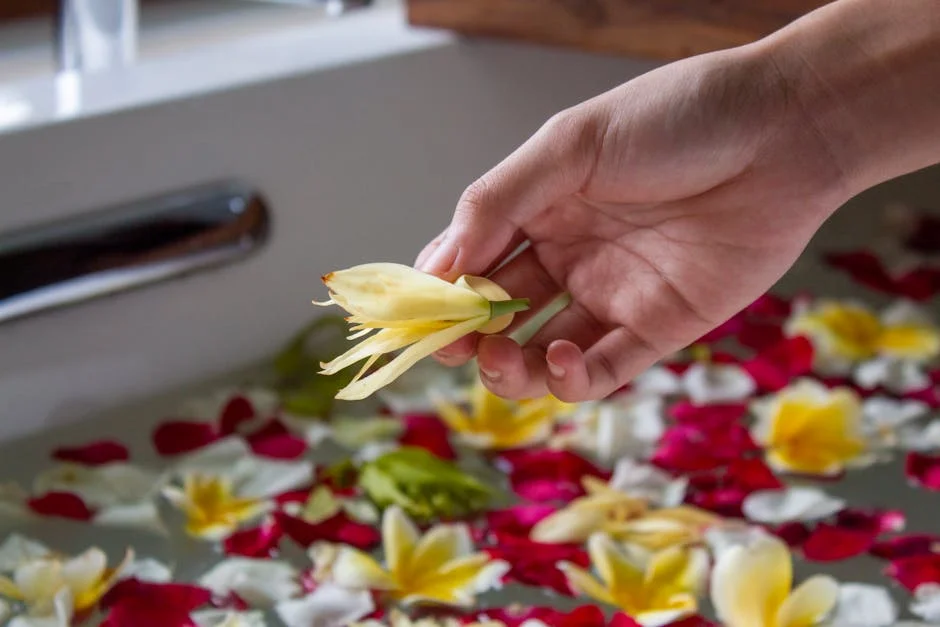
Create a flower soak by steeping fresh or dried petals in hot water, then cooling the infusion. Use blossoms like chamomile or calendula for soothing effects. Pour the liquid into your bath, or freeze flower water into cubes to melt slowly in warm water.
Adding Epsom salts enhances relaxation by easing muscles. You can also infuse oils with petals and add a few drops to your soak for moisturizing benefits. This simple soak softly scents the water and pampers your skin naturally.
Homemade Floral Body Scrubs
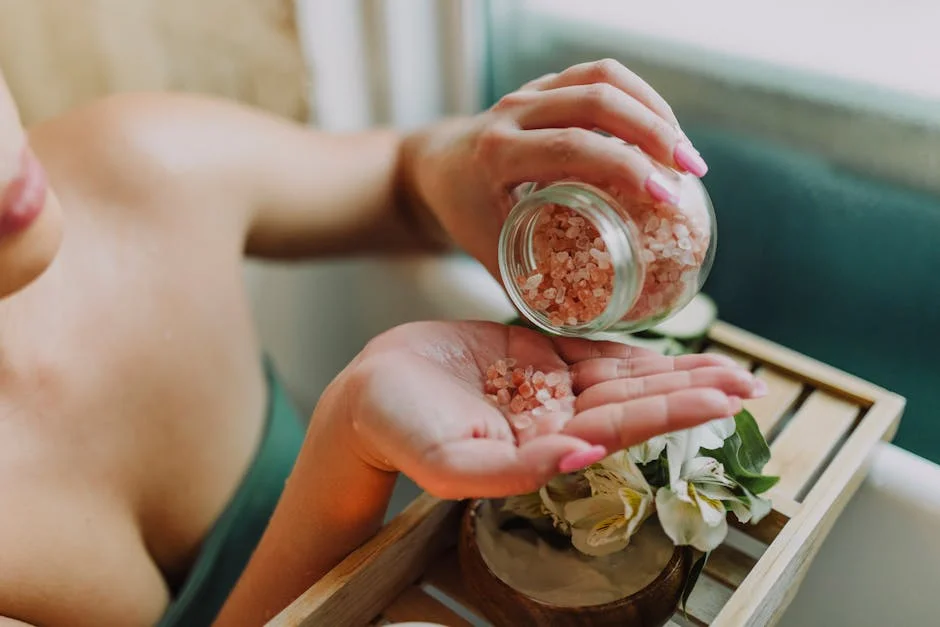
Combine sugar or salt with dried flower petals like lavender or hibiscus to make a gentle exfoliating scrub. Add a carrier oil such as almond or coconut oil to create a spreadable texture that buffs your skin without irritation.
Mix in a few drops of floral or citrus essential oil for extra fragrance. Use the scrub in circular motions to remove dead skin, leaving your body smooth. Store it in an airtight container and use within a few weeks for the freshest scent and texture.
For more on transforming garden flowers into skincare, see this guide on Garden Alchemy: Transforming Flowers into Luxurious DIY Skincare.
Storing, Preserving, and Gifting Your Creations
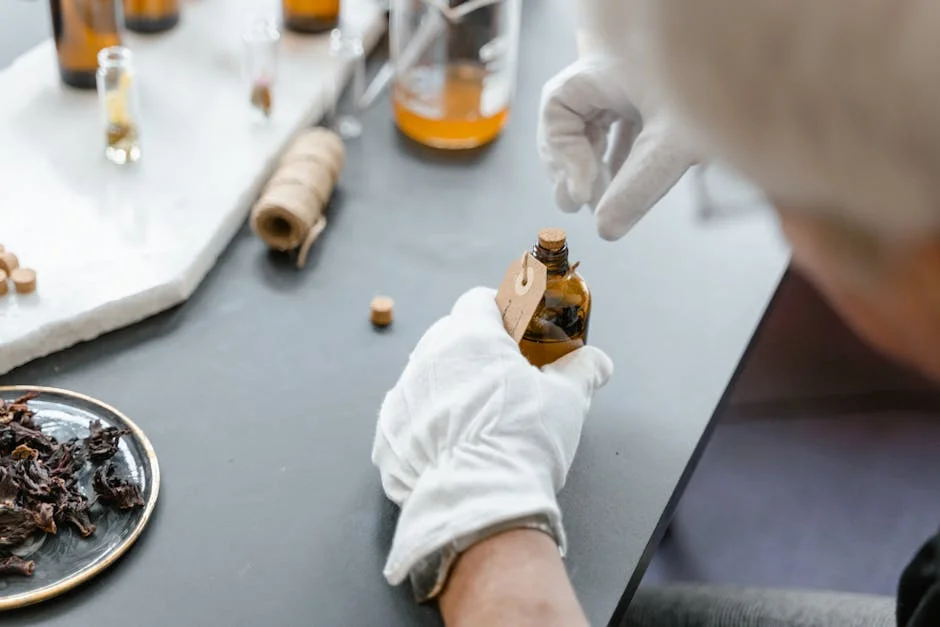
To keep your natural beauty products fresh and effective, proper storage and preservation are essential. Thoughtful packaging also enhances the appeal of your gifts and helps protect your handiwork.
Proper Preservation Techniques
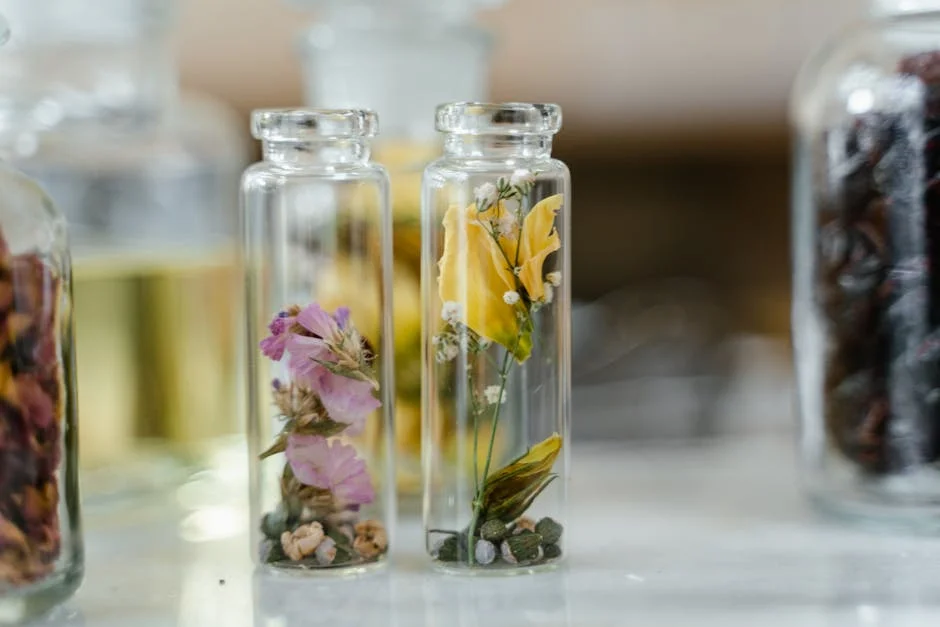
Store your beauty products in airtight containers to prevent moisture and bacteria growth. Glass jars with tight lids work best because they don’t react with natural ingredients.
Keep your containers in a cool, dark place away from direct sunlight. Light and heat can degrade the ingredients and reduce their shelf life.
If you’ve used dried flowers or herbs in your products, avoid humidity to stop mold. You can store dried flower components flat in airtight bags or boxes to maintain their color and shape longer.
Label each item with the date of creation to track freshness. Some natural products may last only a few weeks, while others can keep for several months when stored properly.
Creative Gift Packaging Ideas
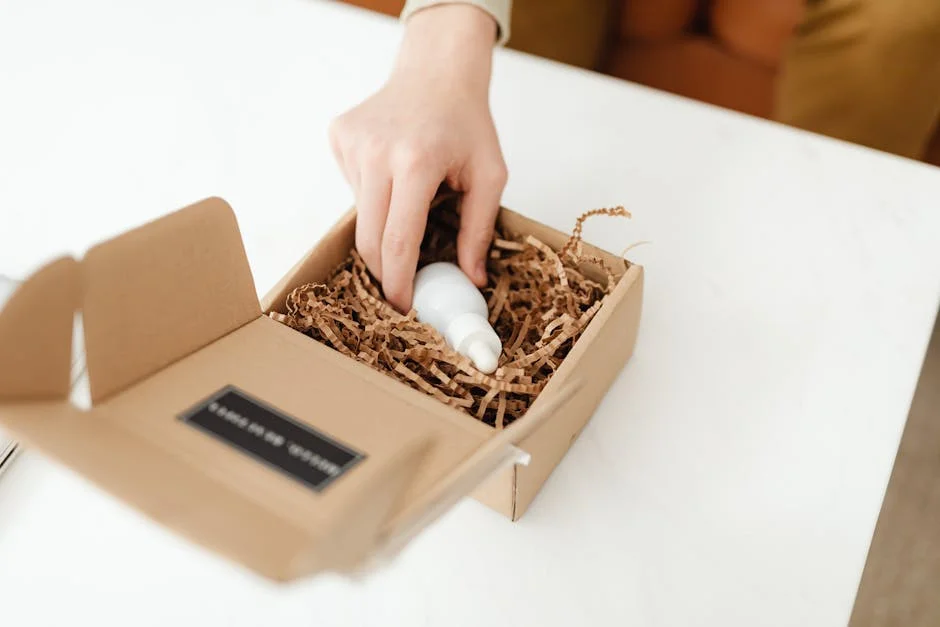
Choose containers that complement your products, like small glass jars, tins, or decorative bottles. You can add dried flower petals inside or around the packaging for a natural touch.
Use fabric wraps, such as muslin or burlap, tied with twine or ribbon, to enhance the handmade feel. Include a simple, handwritten tag with ingredients and usage instructions for a personal touch.
Consider eco-friendly packaging materials that are reusable or recyclable. Tissue paper, kraft boxes, and reusable cloth bags work well and align with the natural theme of your products.
Layer your packaging with padding like shredded paper or dried flower petals to protect delicate items during shipping or transport. This also adds visual interest and charm to your gift presentation.
For more on how to store dried flowers effectively, you can check detailed tips on how to store dried flowers.
